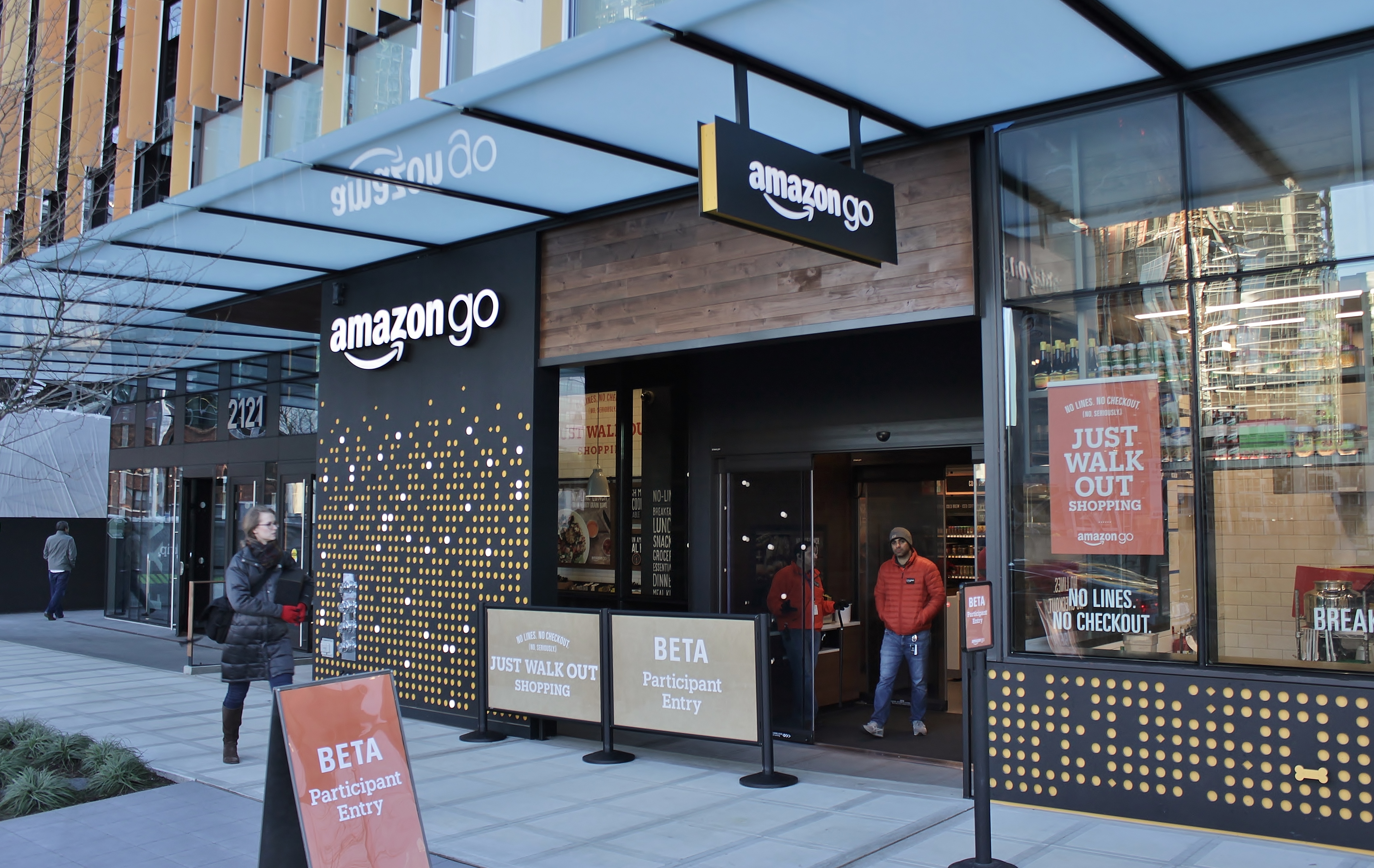In December of 2016, Amazon announced a new, physical retail store in Seattle, WA to enthusiastic but limited fanfare. The store – a supermarket styled as “Amazon Go” – is noteworthy for its lack of cashiers, checkout stands and lines. Instead, Amazon promises customers will simply walk in, pick up items and walk out. The paying process will take place over their smartphones with their Amazon accounts. As of March 2017, the supermarket is open only to Amazon employees, although the company reports that it will open the store to the public sometime in “early 2017.” While the technology behind Amazon Go is incredibly complex and innovative, it is still far from being able to upend the way that retail stores are operated. Still, the emergence of a functional proof of a concept like Amazon Go raises interesting questions about how the world may respond to ever increasing automation. Amazon Go and other revolutionary, labor saving technologies are likely on the horizon. Before they arrive, we need to consider solutions to the problems they will present, in particular the prospect of mass unemployment in the face of automation.
Although the technology behind Amazon Go currently operates in only one grocery store, its future applications are likely far broader. The fact that Amazon has chosen their first store to be a supermarket might be one indication of its future ambitions. Supermarkets are not very profitable, but because they provide a simple business model and proven format, they are the perfect testing ground for technology that could later be applied to any retail store. Amazon may try to license this technology so that any and every retail store could become automated, following the same business model as their massive cloud computing Amazon Web Services, which they licensed out to companies beginning in 2006.
For years, the steady creep of labor saving automation has grown faster. Huge projects operated by massive hi-tech corporations have become almost commonplace, and have already yielded several impressive inventions. Self-driving and autonomous cars, recently a focus of research of both Google and Tesla, are an example of a technology that will likely soon replace humans in a specific industry, namely transportation. Even if autonomous cars never take off in the consumer market, they will still likely be incredibly disruptive in commercial transportation. For example, in the US alone, the trucking industry employs 3.5 million truck drivers. If autonomous cars become widespread, those jobs would simply no longer exist.
While the prospect of a large number of occupations disappearing as a result of automation admittedly exists only in the far future for now, there is a high possibility that it must be confronted soon. More than 10% of the US population works in the retail industry; if a majority of them were displaced by widespread automation, the resulting unemployment rate would be the highest since the Great Depression. This possibility of widespread unemployment demands we take one of two courses: we can either reduce the possibility of such an event or attempt to mitigate its effects. It seems unlikely that any attempt to obstruct innovation that improves productivity and profits would succeed in the long run. Instead, we must consider alternatives that might alleviate the negative effects of increased automation.
At the moment, the most promising plan is a Universal Basic Income, which entails providing a set amount of money unconditionally to every adult. Under such a system, a decrease in the rate of employment due to automation would not be a problem. Automation profitable enough to merit widespread adoption would increase overall economic growth enough to finance the system. Universal Basic Income has garnered support from across the ideological spectrum. In left leaning circles, it is viewed as a way to reduce poverty and free people from working unfulfilling, low wage jobs – the very kind that might be most susceptible to displacement by automation. In some conservative or libertarian thinking, it is seen as a viable and less intrusive alternative to social welfare programs.
However, Universal Basic Income has yet to garner widespread support for several reasons. The first is the tremendous cost of implementing such a system. Proposed systems in Oakland, California and Switzerland recommend between $1000 and $2000 per person per month. If the US were to implement a similar nationwide Universal Basic Income, it would cost approximately $3 trillion annually, or roughly 18% of countries GDP and eight times what the US currently spends on social service programs.
This alone seems to put a nationwide Universal Basic Income scheme outside of the realm of possibility right now. However, when social welfare measures such as old age and unemployment insurance were first proposed as part of the Social Security Act during the height of the Great Depression, they were similarly derided by critics as both too expensive and verging on socialist. Today, welfare programs like these remain some of the most important functions of the government for many Americans and constitute well over half of the annual Federal budget. Perhaps it will take a crisis of similar magnitude to induce the nation to accept a proposal as radical as a Universal Basic Income.
As automation becomes both more advanced and more common in everyday life, it will increasingly displace workers in many areas. This is an inevitability. It has already occurred for the most part in the manufacturing industry and has fundamentally changed the employment ecosystem there. Now, we face an uncertain future, one that might send millions of Americans working in retail and transportation the way of American auto workers. While automation is still in its infancy, we must begin to consider solutions to the grand problems that it might present us.
